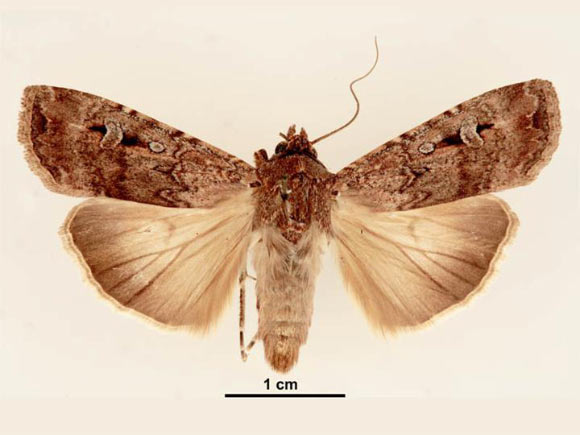Now Reading: Bogong Moths Navigate Using Star Patterns, Study Reveals
-
01
Bogong Moths Navigate Using Star Patterns, Study Reveals
Bogong Moths Navigate Using Star Patterns, Study Reveals

Swift Summary
- Bogong moths (
Agrotis infusa) migrate up to 1,000 km from southeast Australia each spring to cool caves in teh Australian Alps. - They use a dual compass system based on stellar cues and Earth’s magnetic field for precise nocturnal long-distance navigation.
- This capability, previously proven for birds and humans, is now confirmed in insects.
- Sophisticated flight simulators demonstrated how moths orient based on star patterns and magnetic fields under different sky conditions.
– If sky patterns were altered or obscured by clouds, reliance shifted exclusively to Earth’s magnetic field.
– Specialized neurons in their brain encode celestial orientation for navigation purposes.
- researchers suggest this behavior reflects complex migratory systems packed into tiny insect brains.
- Bogong moth populations are declining; they’re listed as vulnerable due to habitat loss partly affecting their migratory pathways.
- The findings could advance technology for robotics/drone navigation and inspire conservation measures focused on preserving dark skies.
Indian opinion Analysis
The study provides notable insights into animal migration systems that can have broader applications beyond biology. for India – where climate change and urbanization threaten species dependent on specific environmental cues – this research underscores the critical need for preserving habitats essential to migration patterns. Similar principles likely apply to India’s endemic species like butterflies or migratory bats whose survival may depend on undisturbed skies or geographical landmarks.Additionally, exploring how smaller insect brains achieve sophisticated guidance should stimulate innovations in drone technology or artificial intelligence within India’s growing robotics sector-a key economic driver today.The sharp decline of Bogong moth populations raises global parallels regarding the challenges species face amidst accelerating climate shifts-the same could be a warning sign about fragile ecosystems within Indian biodiversity hotspots such as the western ghats.Read More: https://www.sci.news/biology/bogong-moths-starry-night-sky-compass-14004.html























